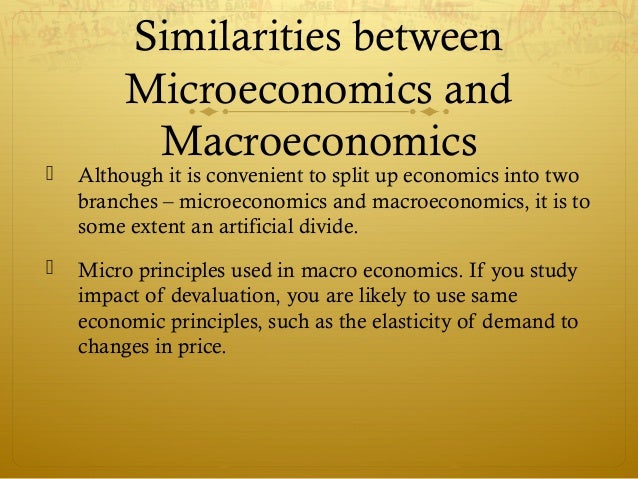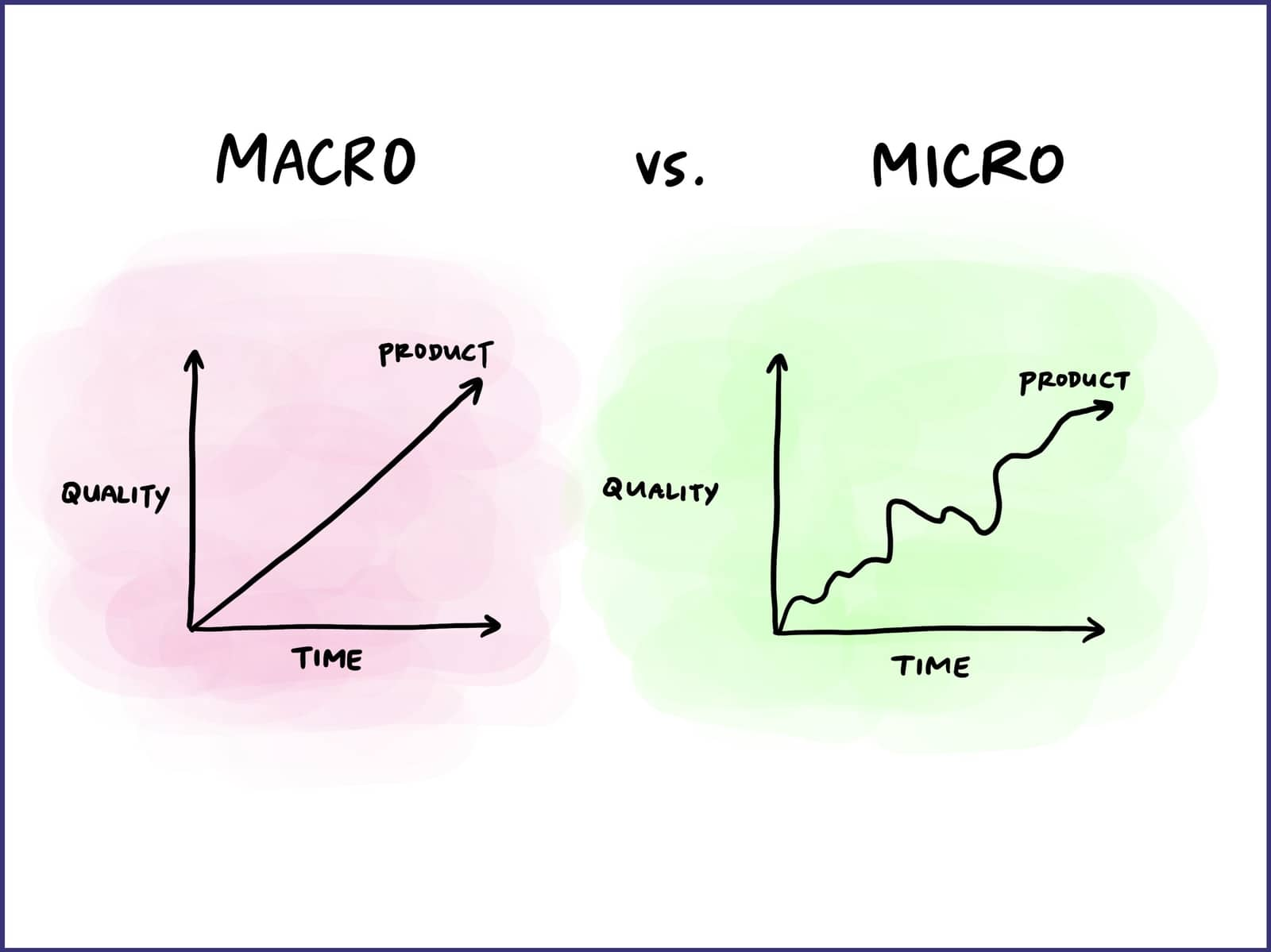

On a high-quality zoom lens, like a 70-200 2.8, not only does the zoom still function with little focus shift but allows easy adjustment of the framing with a simple twist of the zoom ring as the lens still retains much of its brightness and wide aperture The working range between the front element and subject usually also allows more room for both lighting as needed and less intrusion into the space of some small critter or insect.įor years my ultimate joy was in the use of actual macro lenses, 55 & 60mm, 90-105mm and the wonderful 200mm, but as worked I realized much of what I was shooting didn't really require absolute image flatness, except when shooting flat art. Unlike an extension tubes and the limitations of working distance between the front of the lens and the subject, light loss, longer and more cumbersome rigging, a high-quality diopter (both the Canon 50D and the Nikon T5 & T6) along with the practice of good craft and technique, work quite well.

Though I've used both tubes and macro lenses for decades and still do on occasion, I use a third alternative-a high-quality, doublet diopter on a sharp zoom and my results still make the grade. I used manual focus and focused with live view right in the center of the image. I have photographed this flat surface with three different apertures: f/2.8, f/8, and f/22. I tried to use the same magnification with both the EF 135mm f/2L and the EF 100mm f/2.8L Macro.įor the test, I have photographed a flat surface and aligned the camera and lens to my best ability. I thought it would be a reasonably fair comparison. The focal length may be a bit longer compared to the 100mm of the macro lens, but it doesn’t differ that much. This lens is famous for its image quality. The reason I chose the EF 135mm f/2L is simple. In this case, I will reach a 0.46x magnification with this combination. Together, these tubes are 37mm which gives me a 37/135 = 0.27 times extra magnification. I decided to do the test nevertheless by comparing the images between the Canon EF 100mm f/2.8L macro lens and the Canon EF 135mm f/2L lens with stacked Canon EF 12mm and Canon EF 25mm extension tubes. After all, these tubes don't have extra glass inside that can influence image quality. If I would try to compare a macro lens with a lens fitted with extension tubes, I would be comparing the image quality of the lenses themselves rather than the extension tubes. I took this image with a macro lens combined with extension tubes. My award-winning image of livingstone daisies. As a matter of fact, you can also use these tubes with macro lenses, reaching beyond the 1:1 magnification. But the biggest benefit is the ability to use extension tubes with every lens you own. On the other hand, extension tubes are not expensive. The macro lens can reach up to a magnification of 1:1 or even more. The macro lens can focus from a minimum focus distance up to infinity, and with extension tubes, that is not possible. The outcome is the extra magnification on top of the standard magnification.Įxtra magnification = tube length (mm) / focal length (mm) The Difference With a Macro LensĪlthough the differences between extension tubes and a macro lens are obvious, I would like to mention these nevertheless.

Just divide the extension tube length by the focal length of the lens. It is possible to calculate the additional magnification when using extension tubes. If I take the example of the Canon EF 135mm f/2L lens, with a 25mm extension tube the magnification will change from 0.19x to 0.38x. Unfortunately, it is nearly impossible to reach the 1:1 magnification of a real macro lens. The magnification factor of the lens will increase when extension tubes are used. This image of the garden spider and dew drops was shot with the 100mm macro lens. Although you will lose the ability to focus at infinity, for macro, you don't need it.


 0 kommentar(er)
0 kommentar(er)
